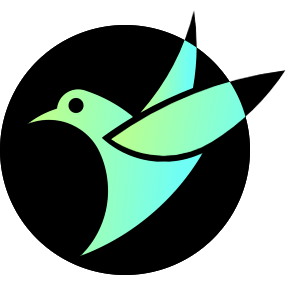Texture
The term "texture" is derived from the Latin word "texere," which means to make something smooth or smooth-like. In the context of art and design, texture refers to the visual appearance of a surface or object, including its pattern, density, and tactile quality. There are many different types of textures that can be found in nature and in human-made objects. Some examples include: 1. Smooth textures: These are surfaces that have a uniform, even finish. Examples include glass, metal, and wood. 2. Rough textures: These are surfaces that have irregular, uneven patterns. Examples include sandpaper, wool, and fabric. 3. Polished textures: These are surfaces that have a shiny, reflective finish. Examples include polished metals, glass, and plastic. 4. Textured surfaces: These are surfaces that have a specific pattern or design. Examples include wallpaper, rugs, and sculptures. 5. Natural textures: These are surfaces that are derived from natural materials such as plants, animals, and rocks. Examples include bark, leaves, and stone. In art and design, texture plays an important role in creating a sense of depth, dimensionality, and realism. It can also be used to convey emotions, mood, and ideas. For example, a textured painting may evoke a sense of warmth and comfort, while a textured sculpture may represent a complex idea or emotion. Overall, texture is an essential aspect of both nature and human culture, and it continues to inspire artists and designers for centuries to come.
©️版权声明:本站所有资源均收集于网络,只做学习和交流使用,版权归原作者所有。若您需要使用非免费的软件或服务,请购买正版授权并合法使用。本站发布的内容若侵犯到您的权益,请联系站长删除,我们将及时处理。












 鄂公网安备42018502008089号
鄂公网安备42018502008089号